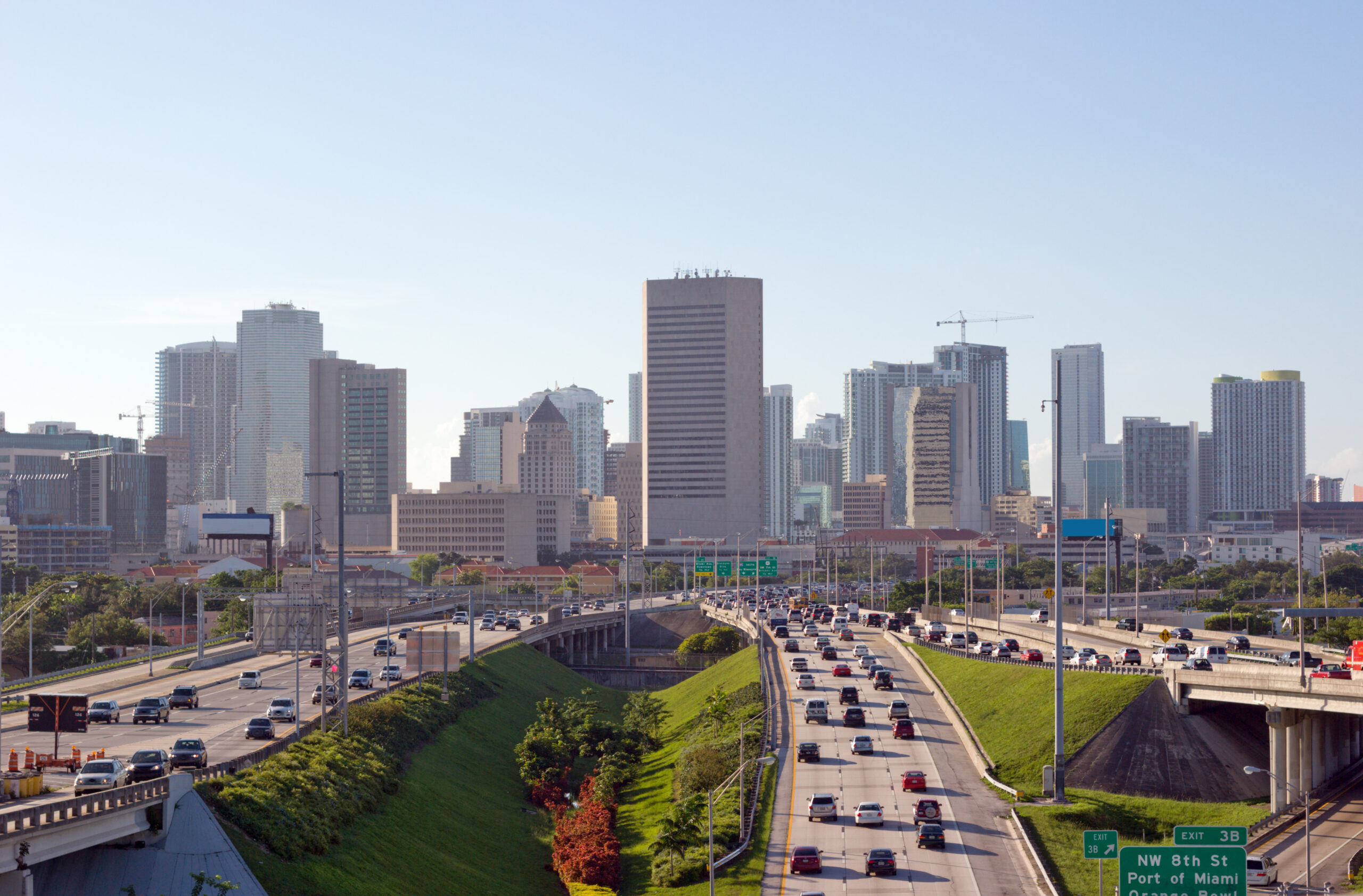Florida’s Double Whammy: Soaring Auto Insurance Rates Add to Homeowner Premium Woes

Florida Drivers Hit Hard by Skyrocketing Auto Insurance Rates Amidst Nationwide Increases
As if the escalating cost of homeowner insurance wasn’t enough, Florida residents are now facing an additional financial blow: substantially higher auto insurance renewal rates. The state’s drivers are grappling with sudden and significant hikes in their monthly premiums, leaving them perplexed and financially strained.
Ana Curbelo, a Floridian driver, expressed her frustration as her monthly premium surged from $170 to $280 to insure her 2004 Toyota Camry. “It’s crazy for this minimal coverage,” she remarked, especially given her age, being over 50. Jon Klapper, another driver, found himself in a similar predicament when Progressive raised his premium for his nine-year-old Kia Optima by a staggering 26%. “Never had a claim,” he emphasized.
Robin Phillips lamented that her monthly insurance premiums now exceed her car payments, advocating that these increases should be reserved for drivers with histories of claims, tickets, or license points.
The surge in auto insurance charges isn’t exclusive to Florida; it’s a nationwide phenomenon. Industry experts point to several factors contributing to this trend, including post-pandemic inflation in repair and parts costs, increased accidents due to more reckless driving, and higher vehicle prices. Florida, with its unique set of circumstances including hurricane damage, a high proportion of uninsured drivers, elevated auto theft rates, and rampant claims fraud, experiences even steeper increases than the national average.
The South Florida Sun Sentinel conducted an analysis of major auto insurers’ rate filings with the Office of Insurance Regulation, revealing that numerous prominent carriers implemented substantial rate hikes over the past year. For instance:
- USAA, insuring over 1 million vehicles in Florida, executed three rate increases ranging from 33.9% to 57.3%.
- State Farm, with coverage for 2.9 million Florida vehicles, implemented three rate increases totaling 30.2%.
- Progressive, covering more than 3.3 million vehicles, carried out four rate increases exceeding 30%.
- Liberty Mutual saw average premiums rise by 44.3% after three increases.
- Geico, covering 2.5 million Florida vehicles, raised rates by 23.8% in two increments.
While insurance companies attribute the steep increases to factors like inflation, material shortages, and high labor costs, the trend of mounting accident frequency and severity is also a key driver. Data indicates a surge in accidents caused by distracted driving since the pandemic, contributing to a 23.4% increase in screen interaction time while driving. This has resulted in more severe accidents and a subsequent rise in claims, lawsuits, and verdicts.
Auto theft rates have also surged by 7% nationally, surpassing 1 million for the first time since 2009. Additionally, inflation since the pandemic has raised the cost of new and used cars, replacement parts, and labor, which further drives up insurance premiums.
Florida-specific issues exacerbate the situation, including high rates of vehicle theft, rampant claims fraud, high crash and fatality rates, and a significant number of uninsured drivers. Reforms enacted in the state’s legislative session aim to stabilize the insurance market, but the impact will take time to manifest.
As the cost of auto insurance continues to rise, drivers may find it challenging to secure better prices, considering that major insurers are hiking premiums by similar amounts. Those with older cars, no accidents or tickets, and good credit scores may already be paying the lowest possible rates. While reducing coverage or increasing deductibles might offer temporary relief, it comes with risks of inadequate coverage and potential financial burdens.
For those with newer, more expensive cars, exploring telematics programs, bundling home and auto coverage, maintaining a clean driving record, and leveraging discounts can potentially help mitigate the financial strain of these increasing auto insurance costs.
